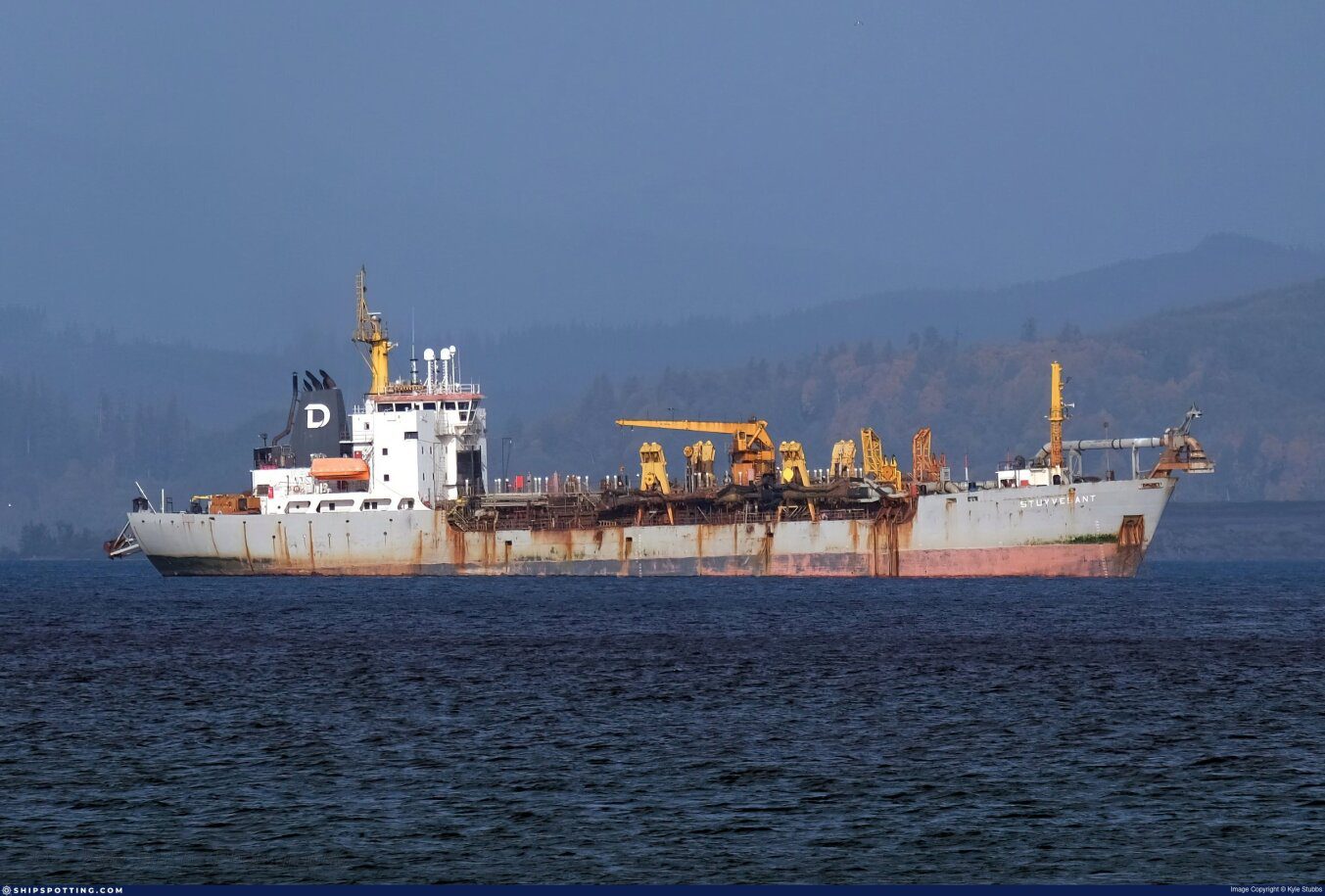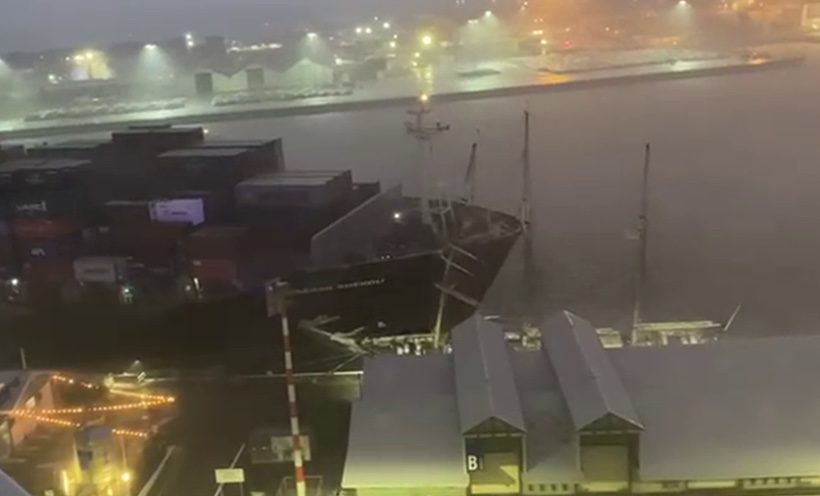The U.S. Coast Guard’s Inspections and Compliance Directorate has issued a marine safety alert reminding mariners of the dangers of unexpected heavy weather following multiple deadly marine casualties over the past several years.
Safety Alert 07-21 says unexpected heavy weather events and rapid changes in weather can lead to devastating consequences whether you and your vessel are ready or not, and comes after several serious incidents involving both commercial and recreation vessels in recent years.
The alert highlights recent significant marine casualties where rapidly intensifying thunderstorms and tropical cyclones contributed, such as the drillship NOBLE Globetrotter II which sustained damage, crew injuries, and loss of propulsion while attempting to evade Hurricane Ida; the capsizing of the SEACOR Power lifeboat while transiting off the coast Louisiana resulting in the loss of 13 lives; and also the containership CMA CGM Bianca which was blown off the dock while offloading cargo in New Orleans, LA resulting in three containers overboard and $15 million in damage.
The alert also mentions the small passenger amphibious “duck boat” STRETCH DUCK 7 swamped and sank while transiting on Table Rock Lake near Branson, MO resulting in the loss of 17 lives and 14 persons rescued.
Heavy weather events or rapid changes in weather can be even more severe if you do not know about the approaching conditions. While modern forecasting and technology has given mariners and recreational boaters the ability to receive updates and warnings through a variety of means, these weather-related maritime disasters continue to occur.
To prepare for heavy weather, the Coast Guard strongly recommends that all vessel owners, operators, mariners, and boaters take a number of actions, including:
- Ensure that your vessel is equipped with at least two different and reliable methods to obtain information about changing weather conditions. This may include, but is not limited to, some combination of NOAA weather radio, NOAA or National Weather Service (NWS) on Twitter, a smart phone app with RADAR, local news, NAVTEX, satellite-based internet service with weather forecasting websites, GMDSS, and local emergency notifications on a cell phone. It is important to understand the limitations of the forecasting tools:
- Understand if your vessel is operating in a designated NWS marine zone. Near shore bodies of water, inland lakes, bays and sounds, and rivers may not be large enough to warrant a separate marine area designation. Weather forecasts for these locations are land-based forecasts, which do not account for higher wind speeds that may occur over water.
- If your vessel does operate in one or more marine zones, ensure it is equipped to receive special marine warnings from the NWS. Systems automatically. Automatic delivery is far more preferable than systems that require an individual to pull the information from the provider.
- If your vessel’s primary method to obtain weather reports is not provided by the NWS, ensure you understand how frequently your weather provider updates the information. Third party weather products that provide tailored voyage planning and graphics often take additional time to compile.
- Weather moves quickly in different directions, so if your vessel operates on or near the boundary between two NWS marine zones, ensure that you check the forecasts and special marine warnings for all of the nearby marine zones.
- Maintain a proper lookout at all times to recognize changing environmental conditions.
- Ensure that one or more individuals on the vessel have the designated responsibility to check
- weather on a regular basis and share updates with others onboard. Weather checks should always be conducted just prior to getting underway, and should also be conducted at least once per watch, with more frequent checks for watches that exceed four hours in length or for situations involving deteriorating environmental conditions.
- Understand your vessel’s operating limitations and key factors, e.g., vessel loading, down flooding points, profile and sail area, with respect to weather conditions.
- Prepare for heavy weather events ahead of time. Organize training with the crew and passengers, conduct heavy weather drills, and review response and potential storm evasion options.
- Create an atmosphere of open communication onboard, so everyone feels comfortable discussing weather conditions and any related concerns.
- If weather conditions start to deteriorate, take quick and decisive action to alter course or to abort an operation to protect human life. Build in a safety buffer that allocates time for storm preparation and evasion operations.
You can find the full safety alert by using the hyperlink below:
Sign up for our newsletter

 Join The Club
Join The Club











